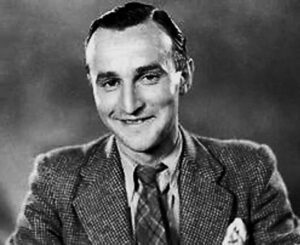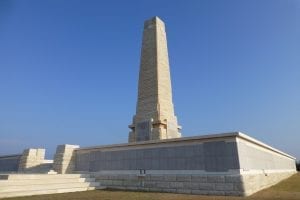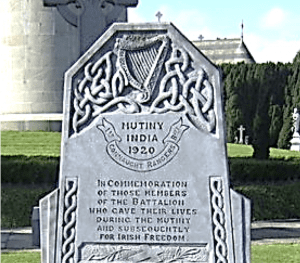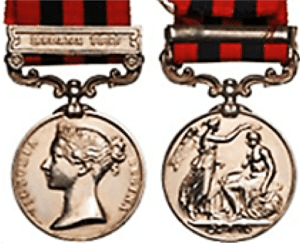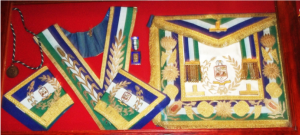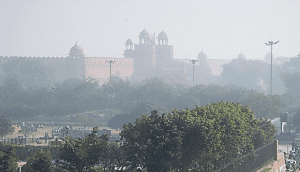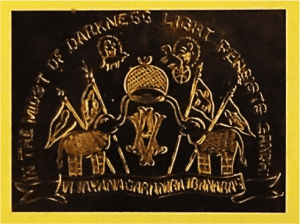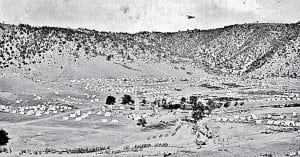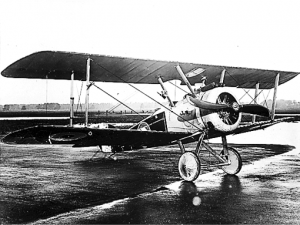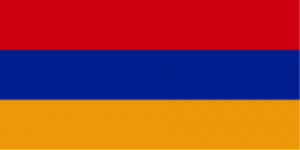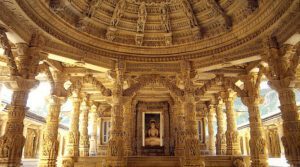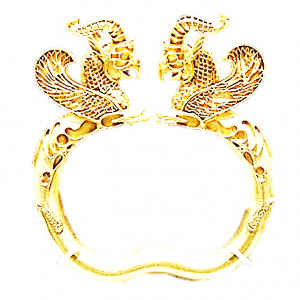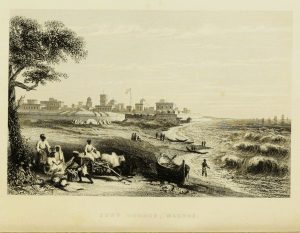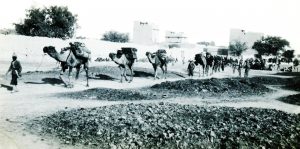Generations of the Blake Knox family had served in India, in the army and civil service. Descended from William Knox of Castlereagh, the Knox family of County Mayo owned vast tracts of land in the west of Ireland. In 1804, John Knox married Sarah Blake, an only child and heiress to a considerable legacy. The couple thought it prudent to protect this inheritance by adopting the name Blake Knox. Their son, Ernest Edward, married Evelyn Florence, oldest daughter of William W. Bentley of Sydenham, London. They had six children, the eldest of whom, Ernest, was born in Ireland in 1874.
Ernest Blake Knox studied medicine in Trinity College, Dublin, and acquired a string of impressive letters after his name. In November 1899, the young surgeon joined the Royal Army Medical Corps. The RAMC was just a year old, formed after the dissolution of the Army Medical Corps which had complained long and loud about its shabby treatment by the defence forces. The new corps’ recruits were expected to be at least 5’2″ tall and no older than 30 years. At age 22, Ernest met the second criterion, and presumably the first as well, because soon after, Lieutenant Blake Knox was on his way to South Africa for the second Boer War.
The RAMC cut its teeth on this war and despite suffering huge losses themselves, aided by civilian doctors, it treated thousands of sick and wounded who otherwise would have died on the battlefield. Ernest was Mentioned in Despatches for service in seven campaigns. Thus, his Queen’s South Africa Medal had seven clasps – no mean achievement, given that nine clasps were the maximum an individual could obtain.
When the war ended in 1902, Ernest returned to Ireland, settling in the family home in Millward Terrace, Bray, Co Wicklow. Here, he wrote of his experiences on the battlefield. Entitled ‘BULLER’S CAMPAIGN WITH THE NATAL FIELD FORCE OF 1900’, the notes were culled from his war diary, illustrated with sketches, battle maps and photographs, which Ernest tore and sent to his family every week. He wrote the book to highlight the conditions of war that confront an army surgeon – ‘He must be on the spot, alert and observant, not only of his charge, but of the enemy; he must not put himself in a position whereby he cannot exercise his skill should there be wounded; when his regiment moves, he must move, too; he must take his chance of life and death like the rest, yet must ever remember the gravity of his charge, and must not recklessly expose either it or himself, nor can he expect the Geneva Cross to afford protection in a hilly country where the brassard may only be regarded of use as a regimental badge …’

Ernest married an Englishwoman in 1903 (I could find no information on his wife) and the newly-weds headed for India where Ernest was appointed Secretary to the Principal Medical Officer, His Majesty’s Forces. He was stationed in Simla (Shimla), where the Viceroy and his government escaped to avoid the heat of the plains. The hill station was notorious for the liaisons between bored wives and young officers, their favoured meeting place dubbed ‘Scandal Corner’ by writer Rudyard Kipling.
Ernest found time to join the Freemasons – the Simla branch of ‘Kitchener’s Lodge’ whose Mother Lodge was in Delhi. Despite the luxurious life of a memsahib in the cool hills of north India, his wife found it hard to settle and returned to England.

It is more than likely that Ernest worked mostly in the nearby hill station of Kasauli. The home of India’s first medical laboratory, Kasauli had opened the Indian Pasteur Institute for the treatment of rabies in humans in 1900. Ernest issued regular army medical reports and presented many papers on various diseases rampant in India at the time. His particular interest lay in enteric fever or typhoid. His writings extended to military history and ornithology. In 1907 he became secretary of the Standing Committee on Enteric Fever.
Ernest’s research was paused when the RAMC prepared for medical mobilisation at the start of WWI. Major Blake Knox was attached to the 7th Meerut Division, a part of the Indian Expeditionary Force sent to reinforce the British Expeditionary Force (BEF) on the Western Front. Landing in Marseilles in mid-September, the Division manned the Field Ambulance – the mobile front line medical unit – in several theatres, including Neuve Chapelle. Respecting the requirements of a culturally diverse Indian Army put a further strain on the RAMC.
After the war, Ernest, now a Lieutenant Colonel, returned to his duties in India, with occasional visits home to Ireland. This time, he was stationed in Yercaud (Tamil Nadu). The hill station of Yercaud, at an altitude of nearly 5,000 feet, could only be approached by a chilling road of hairpin bends. The Shevaroy Hills around the town yielded a wealth of stone-age implements, housed in various museums.
Yercaud, or ‘Lake Forest’ in Tamil, was famous for its coffee, fruit and spices. In fact, there is still a Tipperary Coffee Estate built around the home of writer Charles Dickens. The colonial style house is now a hotel.
It was here, in this idyllic place, that Ernest found love again with an Anglo-Indian lady called Annabelle Watling. She bore him a son, Peter, and the family lived in a house called ‘The Retreat’. Like the Tipperary Estate, ‘The Retreat’ is also advertised as a hotel, whether it is Ernest’s house or not is hard to tell. Sadly, Annabelle died of malaria when her son was just a year old. She was buried in Yercaud. The child was sent to Ireland to live with Ernest’s sisters in Dublin.
Ernest continued to live in India after his retirement until 1927 when he, too, succumbed to malaria and was buried in Yercaud.

His son, PETER ERNEST ANTHONY BLAKE KNOX, born in India in May 1922, followed in his father’s footsteps by studying medicine in Trinity College, Dublin. But he chose a career in the Royal Air Force, rather than the Army, and flew fighter planes in WWII. He married Zena Kathleen Davis, also a Trinity graduate, and their two sons, Michael and Rodney, were born in Dublin. In 1952, Peter joined the Royal Canadian Air Force and the family emigrated to Canada. Their third son, Tony, was born in Germany when Peter was stationed there. Back in Canada, Zena gave birth to their fourth son, David.
In January 2017, David and his wife, Eva, went to India to look for his grandfather’s grave. They found the cemetery in Yercaud but Lieutenant Colonel Ernest Blake Knox’s grave was badly neglected. The couple cleaned it and planted flowers around it. David and Eva returned to India at the end of the year to look for his grandmother’s grave but Annabel Watling could not be found – not in a cemetery nor in church records.



